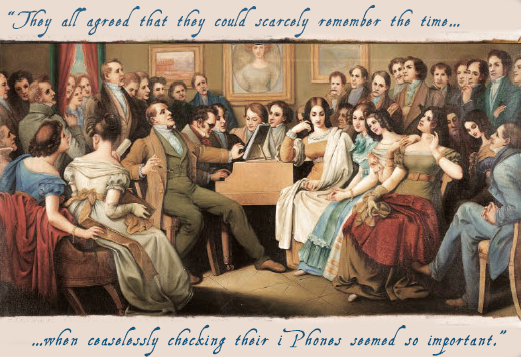
Voice of the performer
My own journey as a musician has been through many migrations itself, and at times has all but gone extinct. Following my formal music education (University of Toronto, Banff Centre for the Arts, etc.), and a two-year stint with the Prince George Symphony, I became a regular extra freelancing with the Vancouver Symphony. After my near misses auditioning for the elusive orchestra job, I found that I’d basically sculpted myself into the sort of a player who might win an orchestral audition, but little else. In other words, I was left feeling more like a service provider than a performing artist. A long silence followed.
Voice of the tárogató
Then, following a fateful encounter with a certain tárogató, the flame was relit. When a Hungarian cellist-friend in Kelowna called to ask if I’d “learn his tárogató” to as to play it at the Okanagan Hungarian Centre, I didn’t expect to fall in love with the instrument so fast. I soon found a maker in Budapest to build me an instrument I could call my own.
In 2017 when I produced the concert Refuge, I sought to tell the story of the contribution made to Vancouver by the arrival of 200 Hungarian university student and faculty refugees following the failed 1956 Hungarian Revolution. Their contributions notably impacted BC forests practices and their presence is still felt today both at UBC and throughout the province. The concert drew large numbers from the Hungarian community as well as the general public interested in learning about this unusual BC refugee community.
“On behalf of the University of British Columbia, I am writing with warm congratulations on the completion and upcoming performance of Refuge. This legacy is something that UBC is very proud of and one that we cherish and celebrate.”
— Santa J Ono, President and Vice-Chancellor, UBC
Voice of the woodland caribou
There’s a larger community in British Columbia that I believe the tárogató can touch. A while back, I ran into composer Glenn Sutherland at a Vancouver Symphony concert and after various pleasantries, he described his work as a field biologist tasked with finding out why British Columbia’s woodland caribou were making their way onto the endangered species list. It’s so easy to feel helpless when confronted with such environmental catastrophes, but even so, I wondered what I (what we) could do to help let people know of this unfolding disaster.
Then I remembered a comment of Jeffrey Ryan’s at a rehearsal for the tárogató piece he’d written a couple of years before: “There’s something wild about the tárogató…” and I thought perhaps there was something we could do. As the idea of a composition developed, it became less a didactic message about the caribou, and more about giving a voice to the animal itself—as much as possible to tell the story from the perspective of the caribou. Thus was born the longer-range project, Caribou Crossing. But before that, I have decided that I need to develop and extend my own techniques on the tárogató itself, thus the short-range development project—Finding a New Voice for the Tárogató.
Finding that voice
The tárogató’s capabilities have been only lightly documented. When I went searching for a fingering chart, for example, I invariably found something appropriate to a novice player (one fingering per note).

My work on the tárogato showed much richer possibilities with multiple fingerings that could be used both for colouristic effects and to facilitate difficult passages. Here’s an example from the tárogató I developed while learning Jeffrey Ryan’s challenging Arbutus for tárogató and piano.

